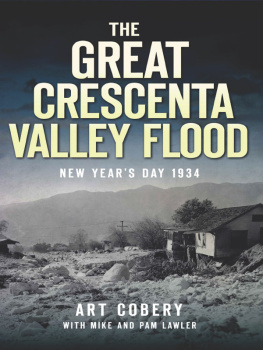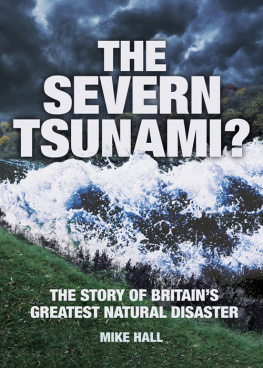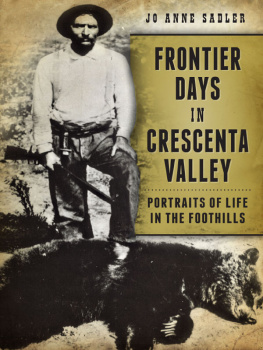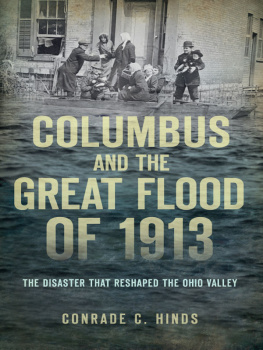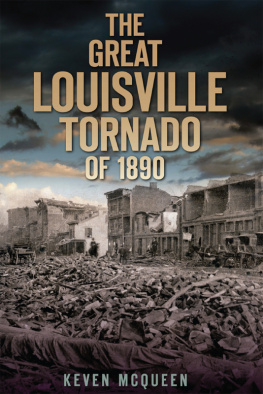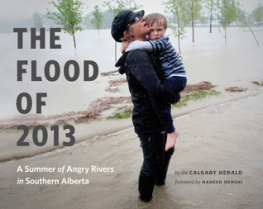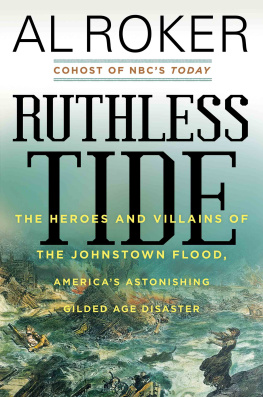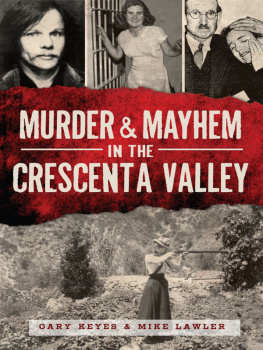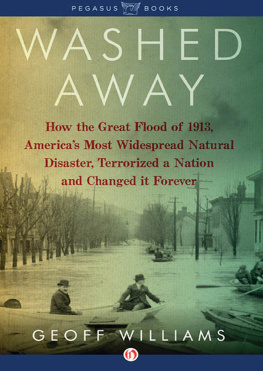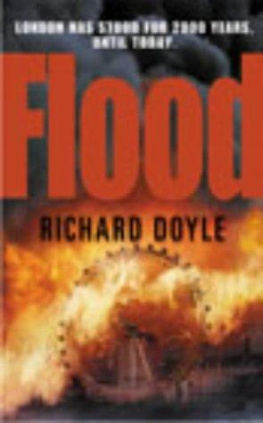

CURRENT ADDRESSES OF SITES ON THE MAP:
Ananda Ashrama5301 Pennsylvania Avenue
American Legion Hall2537 Fairway Avenue (relocated to 4011 La Crescenta Avenue)
Bausback3121 Evelyn Avenue
Benson2533 Prospect Avenue
Bluebird Diner3971 Pennsylvania Avenue
Correa3934 Pleasure Way
Crescenta Telephone Exchange4111 Ocean View Boulevard
Crowe3023 Prospect Avenue
Harralson2624 Piedmont Avenue
Hesse2631 Manhattan Avenue
Higley2547 Encinal Avenue
Holy Redeemer Catholic Church2411 Montrose Avenue
Jeanettes Beauty Shop2304 Montrose Avenue
La Crescenta Sheriff Station3809 Ocean View Boulevard
La Crescenta Womans Club4004 La Crescenta Avenue
McFarland2613 Montrose Avenue
Rakasits2270 Cross Street
Rockhaven Sanitarium2713 Honolulu Avenue
Scully2670 Honolulu Avenue
Warfield2561 Mayfield Avenue
Wilson2636 Piedmont Avenue
Published by The History Press
Charleston, SC 29403
www.historypress.net
Copyright 2012 by Art Cobery
All rights reserved
All photos courtesy of the Glendale Central Library and the Historical Society of the Crescenta Valley unless otherwise noted.
First published 2012
e-book edition 2012
Manufactured in the United States
ISBN 978.1.61423.725.9
Library of Congress CIP data applied for.
print ISBN 978.1.60949.449.0
Notice: The information in this book is true and complete to the best of our knowledge. It is offered without guarantee on the part of the author or The History Press. The author and The History Press disclaim all liability in connection with the use of this book.
All rights reserved. No part of this book may be reproduced or transmitted in any form whatsoever without prior written permission from the publisher except in the case of brief quotations embodied in critical articles and reviews.
We dedicate this small book to old and young alike who perished in the New Years Flood of 1934, with the hope that those who continue to live on the sloping mantle of the San Gabriel Mountains remember that history has a tendency to repeat itself.
Kind friend do you remember,
On that fatal New Years night?
The light of old Los Angeles,
Was a flickering oh so bright.
A cloudburst hit the mountains,
It swept away our homes.
And a hundred lives was taken,
In that fatal New Years flood.
Woody Guthrie
CONTENTS
PROLOGUE
About midnight, December 31, 1933, a resident of Montrose was helping to free several automobiles along Foothill Boulevard that had been caught in the debris and wash of run-off waters from a day-long rain. The resident paused in his difficult task, wiped rain from his eyes and face, and then froze in his tracks. From up the canyon there roared out of the inky, rain-soaked blackness, a terrible sound. The crashing of boulders and the splintering of huge trees could be distinguished in the cacophony, and above the thunder-like claps could be heard the sickening rasp and gurgle of runaway water.
But in a few seconds, a wall of mud and boulder-laden water 20 feet high struck the boulevard. The resident was pinned by the force of the current against the upstream side of the car he had been trying to free. The car and he were carried across the boulevard and held from further plunging by a pipe handrail guarding a culvert crossing. Pressed in an upright position, he felt the flow pass just over his head. When the peak had dropped, debris had settled around his body up to his shoulders.
The 20-foot wall of plunging, debris-laden water flattened out after crossing Foothill into a scythe of destruction, sweeping before it the lives of 39 persons, completely demolishing 198 homes and rendering totally uninhabitable 401 more. Automobiles, garages, roads, bridges, streets, water systems, power lines and other structures fell before the force. Full toll of the destruction can never be known.
Reprinted from the Crescenta Valley Ledger
THE UNIQUE GEOLOGY OF THE SAN GABRIEL MOUNTAINS
In spite of all the marvels the hand of Man has wrought,
He yet stands impotent before the fury of flood and fire,
No matter with what courage these great Forces may be fought,
They leave in their path destruction, inevitable and dire.
Kate H. Wright (written on January 1, the morning after the flood)
In order to understand what brought about the tragedy of the New Years Flood of 1934 that devastated La Crescenta and Montrose, some light should be shed on the history and geology of the San Gabriel Mountains, whose southern range towers over these communities. Mount Lukens, at 5,074 feet, is the dominant peak looming over this valley. The complete chain extends over sixty miles, roughly from Newhall Pass eastward to Cajon Pass. At this eastern end, a number of lofty summits reach 8,000 to 9,000 feet. Mount San Antonio (Old Baldy) surpasses the 10,000-foot figure. For eons, this mountainous block of the earths crust has been transformed and rearranged by myriad seismic shocks, which help to account for its irregular shape. These are among the most unstable ranges in the world. And yet, as they continue to shed and self-destruct, they are actually rising faster than they are falling. Their walls are precipitous. John McPhee states in his highly respected book The Control of Nature that the slopes average 65 to 75 percent. In numerous places they are vertical. In short, most of the terrain is in an angle of repose, meaning that the surface rocks and earth are on the verge of plunging down to the canyon bottoms. Meanwhile, loose soil, sand and small particles are constantly tumbling down the mountainsides, adding to the debris cones at the base. McPhee estimates that on these steepened slopes, about seven tons disappear from each acre each year. When fires denude the slopes, this shedding increases forty or even sixty fold. These loose crumbs are called ravel and over time leave huge deposits in the dry stream beds just waiting for a storm of such high intensity that this inert mass is mobilized into rumbling, churning debris flows that roar out of the canyons of the San Gabriels, spewing their earthen load of rocks, boulders and mud onto the sloping alluvial fans or bajadas. It is part of an age-old process.

This photo of the Crescenta Valley in 1914 is taken from the Verdugo Mountains looking east. The valley is made up of overlapping alluvial fans sloping south, composed of rocks and debris that have sloughed off the decomposing granite of the San Gabriel Mountains. For thousands of years, seasonal floods have roared out of the canyons, each time choosing a new channel and depositing a new load of soil.
Unfortunately, since the late nineteenth century, humans have chosen to build their homes along these bajadas. Historically, decades have been known to pass without a serious threat. These lapses encourage a false sense of security contributing to what some call collective amnesia. This all came to an abrupt end as the celebrants of the Crescenta Valley prepared to usher in the first minutes of the 1934 New Year. A powerful storm accompanied by several cloud bursts simultaneously released massive debris flows from six deep canyons, inundating the defenseless communities below. The following pages will tell how the diverse working-class population already in the trough of the Great Depression survived, coped and rebuilt their community with safeguards against such future calamities.
Next page
